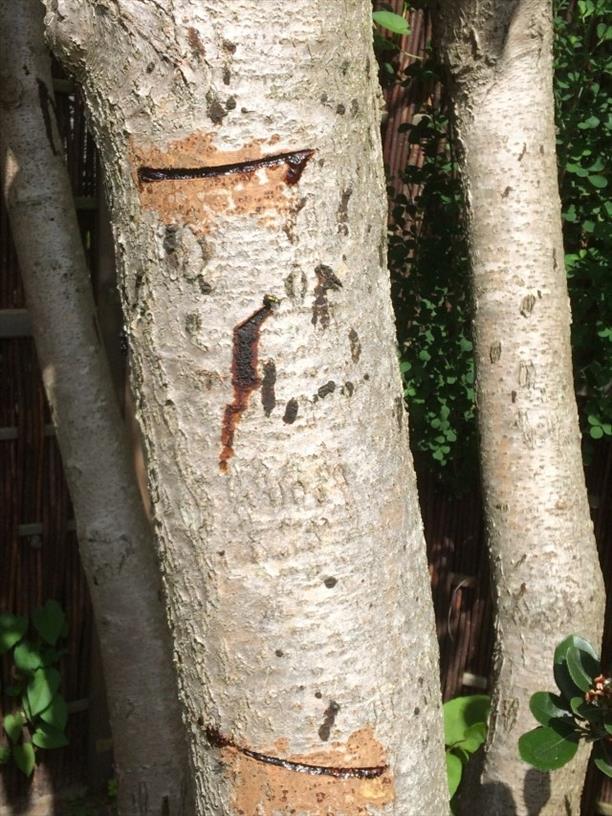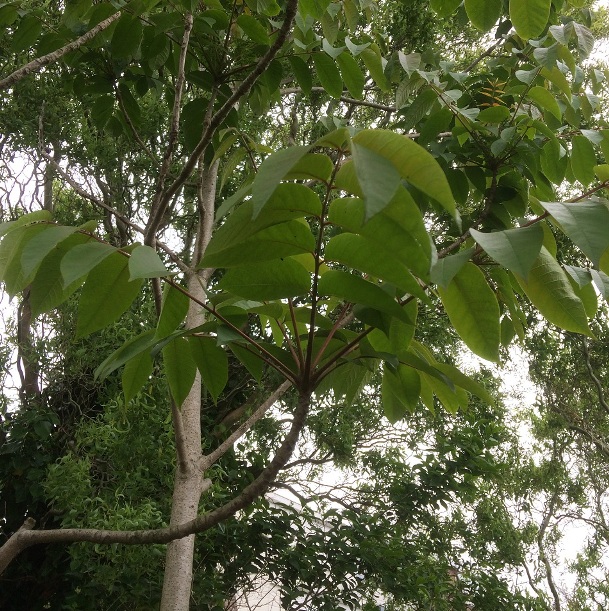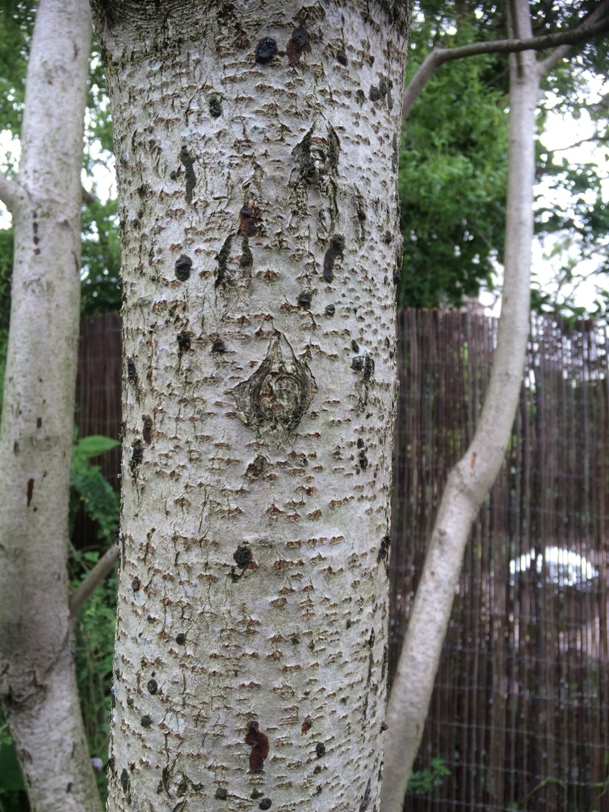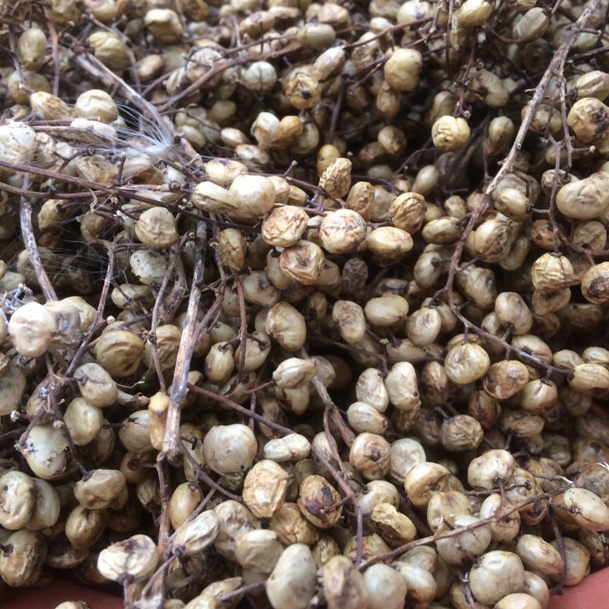Lacquer tree or Chinese lacquer tree or Japanese lacquer tree or Japanese sumac or Varnish tree
Toxicodendron vernicifluum
Sumac family (Anacardiaceae)
Do not touch!
The rhus family includes the cashew nut (Anacardium occidentale), pistachio (Pistacia vera) and mango (Mangifera indica). Also members of this family planted in the Netherlands include poison ivy (Toxicodendron radicans) and the velvet sumac (Rhus typhina).
As with poison ivy, the milky sap of the varnish tree contains urushiol, a substance that can cause a severe allergic skin reaction. Caution is advised when touching this tree.
The name ‘urushi’ is derived from the Japanese word for the sap of the varnish tree, which is used for kiurushi a Japanese lacquer. It is tapped, just like rubber, and remains transparent, grey and very sticky whilst it is fresh. Once it comes into contact with air and sunlight, it turns much darker and then becomes thick and cloudy.
Themes
Crown jewel in the Overzee Botanic Garden.
Sap is used as a highly durable varnish to make Chinese, Japanese and Korean lacquerware.
The plant contains toxic substances that can cause severe irritation to some people. The sap can be particularly caustic.
Details
| Description: | Tree, 10 to 15 m tall. |
|---|---|
| Distributions: | Asia |
| Habitat: | Woods and thickets on mountain slopes, usually around 1200 m in altitude. |
| Year cycle: | Perennial (polycarpic decidous) |
| Hardiness: | 23 - 34 f (half-hardy - unheated glasshouse/mild winter) |
| Flowering period: | Juli |
| Flower color: | White, green |
| Fruiting period: | Augustus - oktober |
| At its best: | September - november |



